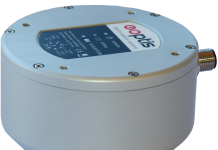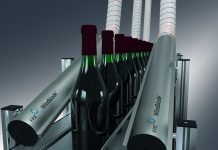 Analysis of the main variables of the production process influencing the final quality of 3D printed pasta.
Analysis of the main variables of the production process influencing the final quality of 3D printed pasta.
Interest in 3D-printed food has increased significantly over the past 10 years, given the technology’s ability to reliably deliver products with complex shapes. In this context, the purpose of a recent study, carried out by a group of Russian researchers (Martekha and Kaverina, 2023), was to assess the influence of the main variables of drying process on the quality of wheat flour pasta obtained by 3D printing.
After the extrusion phase, the samples are dried using hot air and infra-red light. For the drying process optimization, the Response Surface Methodology was applied. Heating power, processing time and distance from the heating source were chosen as the main variables influencing the drying process. The ultimate goal of optimization is to achieve the maximum product weight loss without exceeding a maximum processing temperature of 100 °C.
The results show that the use of the infra-red drying provides a product with a drier and harder surface. Optimal conditions were achieved with a processing time of 1.5 min, a heating power of 2 units ,and a distance from the support to the heating source of 1.77 cm. Although the results obtained in the study are very promising for the development of high-quality 3D pasta, according to the authors, further research is still needed to further reduce the final moisture content, in particular by varying the processing time.
Impacts of transglutaminase concentration, and kneading time on the quality of gluten-free pasta.
The purpose of a recent study, carried out by a team of Brazilian researchers (N.J.S. Ramos et al., 2023), was to investigate the influence of transglutaminase (TG) concentration (TG concentration 1-2%) and kneading time (5-15 min) on the quality of gluten-free pasta, composed of red rice, white quinoa and tapioca. The findings demonstrated that an increase in both variables leads to an improvement in the cooking behaviour of the product, evidenced by reduced pasta mass loss and increased swelling index and final moisture content.
Furthermore, the higher TG concentration and extended kneading time enhanced pasta firmness, cohesiveness and chewability. The process using 1.5% TG concentration and 10 minutes of kneading maximised the phenolic compound content, with an increase from 18 to 29 mgGAE/100g. Rheological analysis showed a clear transition from Newtonian to non-Newtonian behaviour as a result of an increase in both variables. In conclusion, the study provides key information for optimizing gluten-free pasta production processes. However, further analysis is necessary to assess the impacts of other operational variables, including the sensory aspects of the finished product.
References: A.N. Martekha & Y.E. Kaverina, Food Science and Technology, 43, 2023, e067522; N.J.S. Ramos et al., LWT – Food Science and Technology, 189, 2023, 115485.



